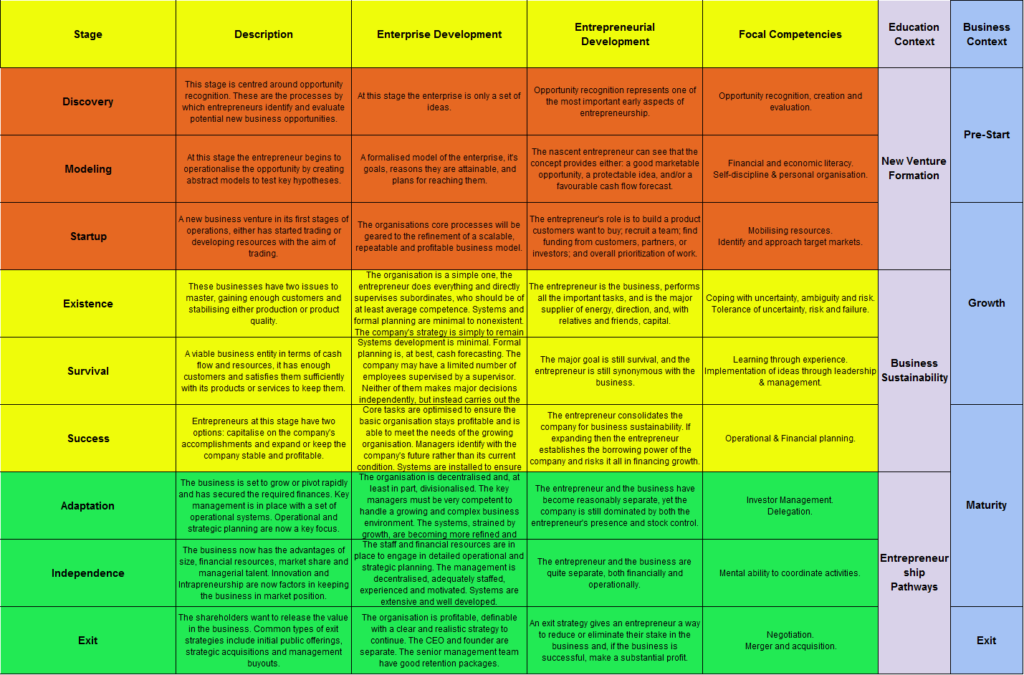Introduction
In recent years, the concept of environmental sustainability has gained significant attention and importance across various sectors. As the global community faces pressing environmental challenges, integrating sustainability into business models has become imperative, especially for new startup businesses with a view to longevity. This blog explores the significance of environmental sustainability as the core foundation for a startup’s business model and discusses the benefits it offers to the business, the environment, and society as a whole.
- Meeting Consumer Expectations
Today’s consumers are becoming increasingly aware of environmental issues and are actively seeking products and services that align with their values. By incorporating sustainability into their business models, startups can tap into this growing market segment and gain a competitive advantage. A business that prioritizes environmental sustainability can attract environmentally conscious consumers who are willing to support and promote eco-friendly initiatives. This not only helps the startup gain customer loyalty but also opens up opportunities for expanding their customer base.
- Cost Reduction and Efficiency
Environmental sustainability and operational efficiency often go hand in hand. By implementing sustainable practices, startups can optimize their resource usage, reduce waste, and cut down on unnecessary expenses. For instance, adopting energy-efficient technologies, implementing recycling programs, and minimizing water consumption can lead to substantial cost savings in the long run. By being mindful of resource consumption and waste management, startups can create leaner and more efficient operations, ultimately improving their bottom line.
- Innovation and Competitive Advantage
Integrating environmental sustainability into a startup’s business model fosters innovation and creativity. Startups that prioritize sustainability are more likely to explore alternative and eco-friendly solutions in their product development and operational processes. This drive for innovation can lead to the development of groundbreaking technologies, products, and services that offer unique value propositions. By staying ahead of the curve and embracing sustainable practices, startups can differentiate themselves from competitors and establish a strong market presence.
- Attracting and Retaining Talent
Environmental sustainability is a value shared by many individuals, particularly the younger generation entering the workforce. Startup businesses that incorporate sustainability into their core values and business model are more likely to attract top talent. Talented and passionate individuals are increasingly seeking job opportunities that align with their personal values, including environmental responsibility. By creating a sustainable work environment and demonstrating a commitment to environmental stewardship, startups can attract skilled employees who are motivated to contribute to the company’s success.
- Building Long-Term Resilience
Environmental sustainability is not only about short-term gains; it also provides long-term benefits by ensuring the resilience and viability of a startup business. By embracing sustainable practices, startups can reduce their exposure to environmental risks and regulatory uncertainties. As governments and international bodies tighten environmental regulations, businesses that fail to adapt may face penalties or reputational damage. On the other hand, startups that proactively integrate sustainability into their business models are better prepared to navigate changing regulations and capitalize on emerging opportunities.
- Strengthening Stakeholder Relationships
Environmental sustainability is not just a matter of corporate social responsibility; it is also about building strong relationships with stakeholders. Startups that prioritize sustainability can engage with customers, suppliers, investors, and communities in a more meaningful way. By communicating their commitment to environmental sustainability, startups can foster trust, strengthen partnerships, and attract socially responsible investors. Moreover, by actively engaging with the local community and supporting environmental initiatives, startups can establish themselves as responsible corporate citizens.
Conclusion
Incorporating these six benefits of environmental sustainability as the core foundation of a startup’s business model is a strategic decision with far-reaching considerations. By aligning with consumer expectations, startups can attract a growing market segment and gain a competitive edge. The integration of sustainability leads to cost reduction, increased operational efficiency, and fosters innovation, setting startups apart from their competitors. Furthermore, a sustainability-focused approach helps attract top talent, build long-term resilience





